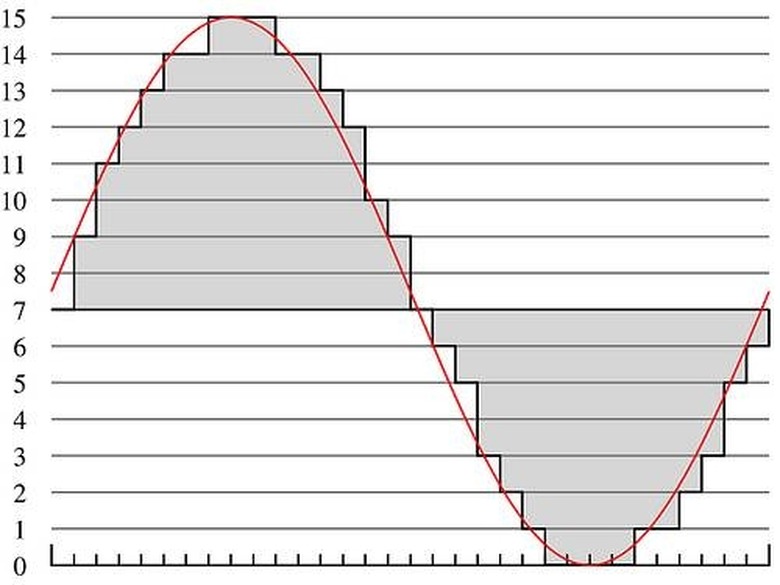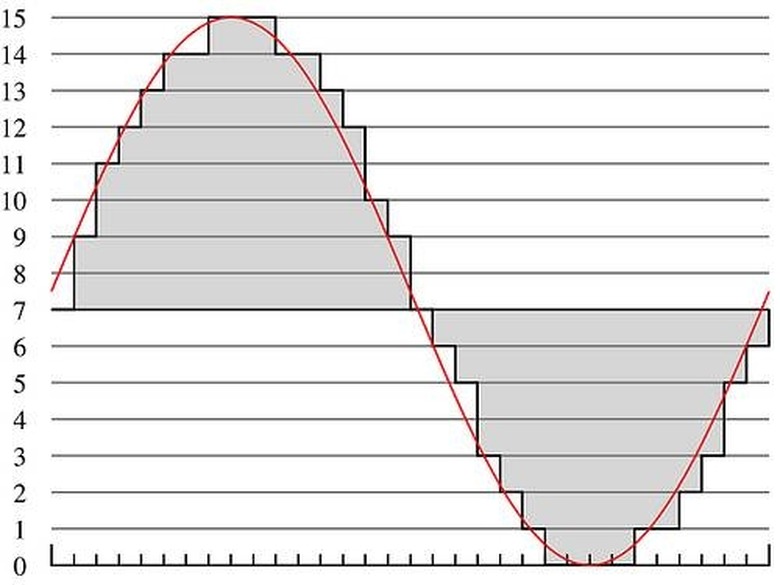How Does A Motor Controller Work?
Motor Controller Basics
Motor Controller Basics
Electric power comes in two flavors: AC (alternating current) and DC (direct current.) While DC always flows in the same direction, AC goes from negative to positive many times a second. AC motors are powered by AC current. The faster the current switches direction, the faster the motor spins. An AC controller changes the frequency of the current to control the speed of the motor.
Making DC
Making DC
Motor controllers are usually supplied with AC power. The power that comes in to a controller is at a set frequency. The motor controller first turns that AC to DC, then turns the DC back into AC at the right frequency. It uses a device called a rectifier to make DC current. Inside the rectifier are diodes which function like one way valve. When the AC is in the negative half of its phase, a diode attached to a negative wire lets it through while another diode attached to a positive wire stops it. When the AC is in the positive half of its phase, the opposite happens and the AC flows down the positive wire. All the negative current is shunted into one wire and all the positive current is shunted into another one, making DC power.
Making AC for the Motor
Making AC for the Motor
The Final step is making AC power at the right frequency. The motor controller has small, high-speed switches which turn on and off thousands of times a second. Each switch creates a small increase or decrease in voltage. Together, they create a stair-step wave–a wave that takes very small steps to emulate the curve of a real AC wave. The wave is similar enough to actual AC to power the motor.
Cite This Article
MLA
David, Isaiah. "How Does A Motor Controller Work?" sciencing.com, https://www.sciencing.com/motor-controller-work-5033104/. 24 April 2017.
APA
David, Isaiah. (2017, April 24). How Does A Motor Controller Work?. sciencing.com. Retrieved from https://www.sciencing.com/motor-controller-work-5033104/
Chicago
David, Isaiah. How Does A Motor Controller Work? last modified March 24, 2022. https://www.sciencing.com/motor-controller-work-5033104/

